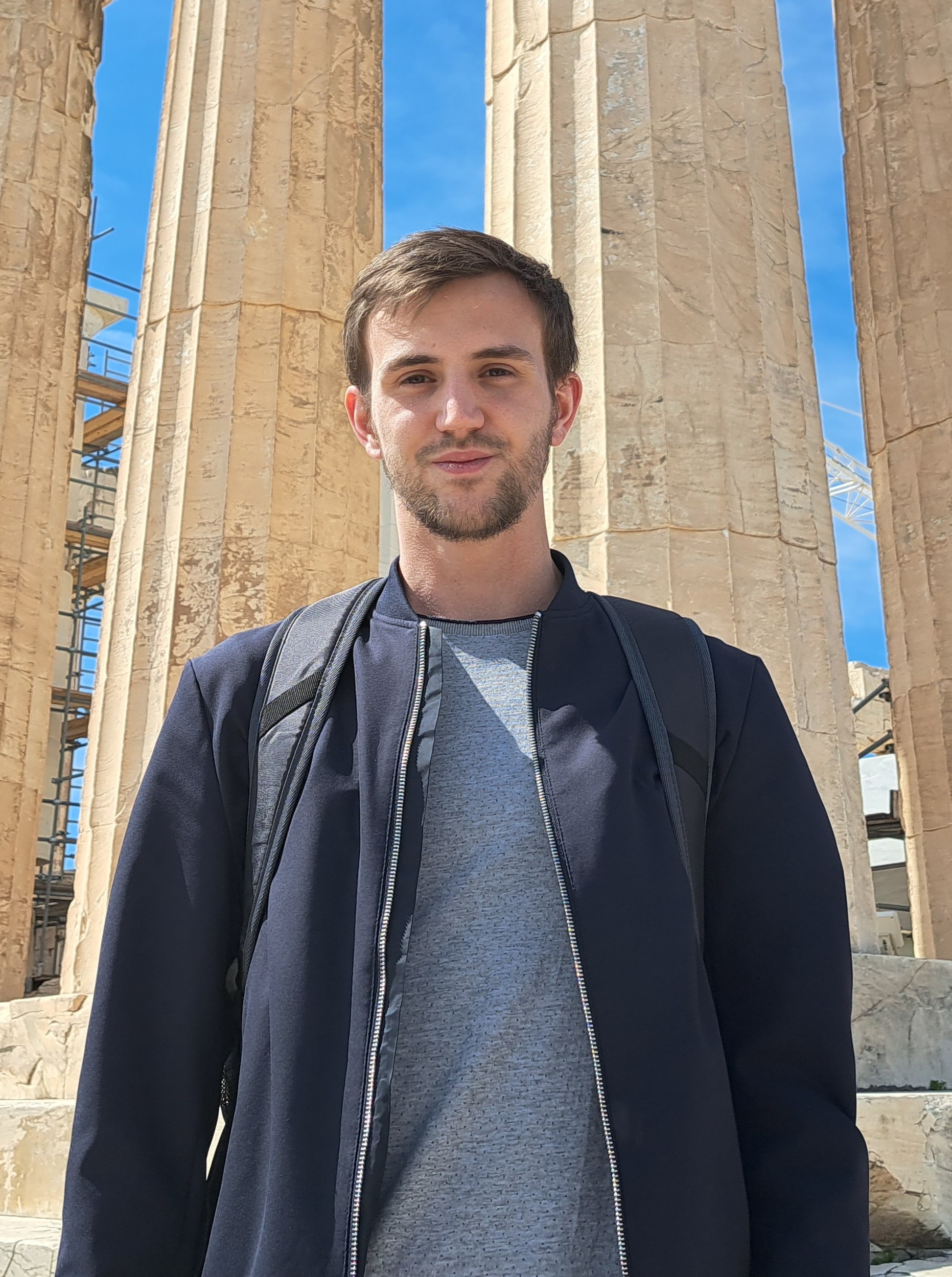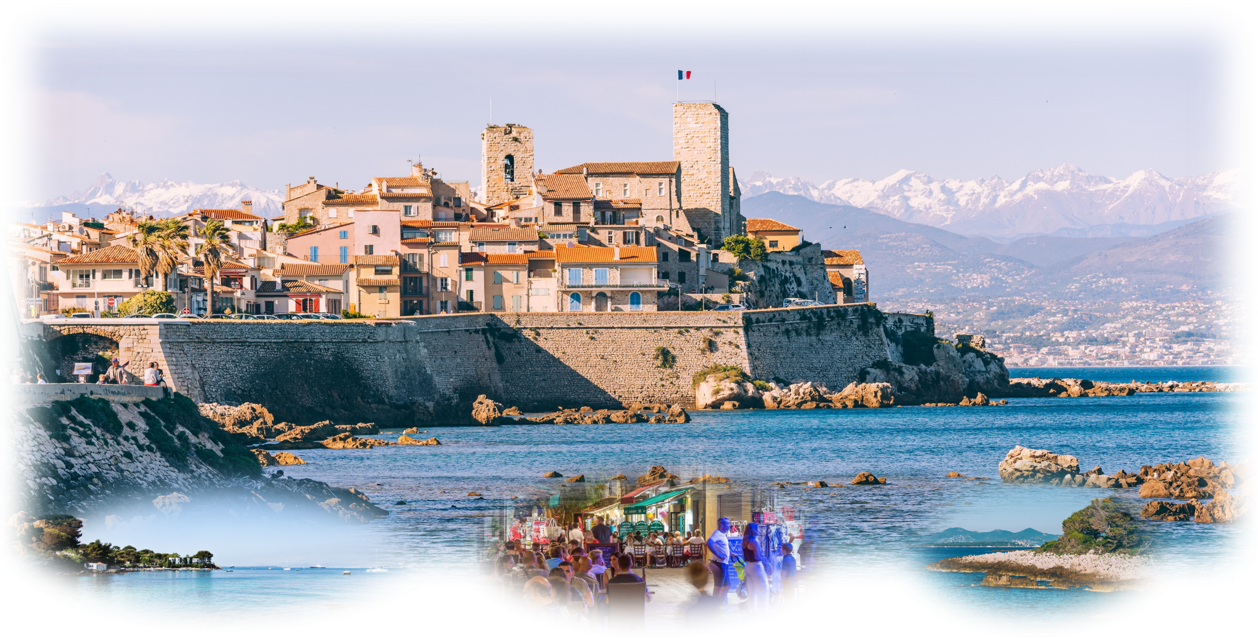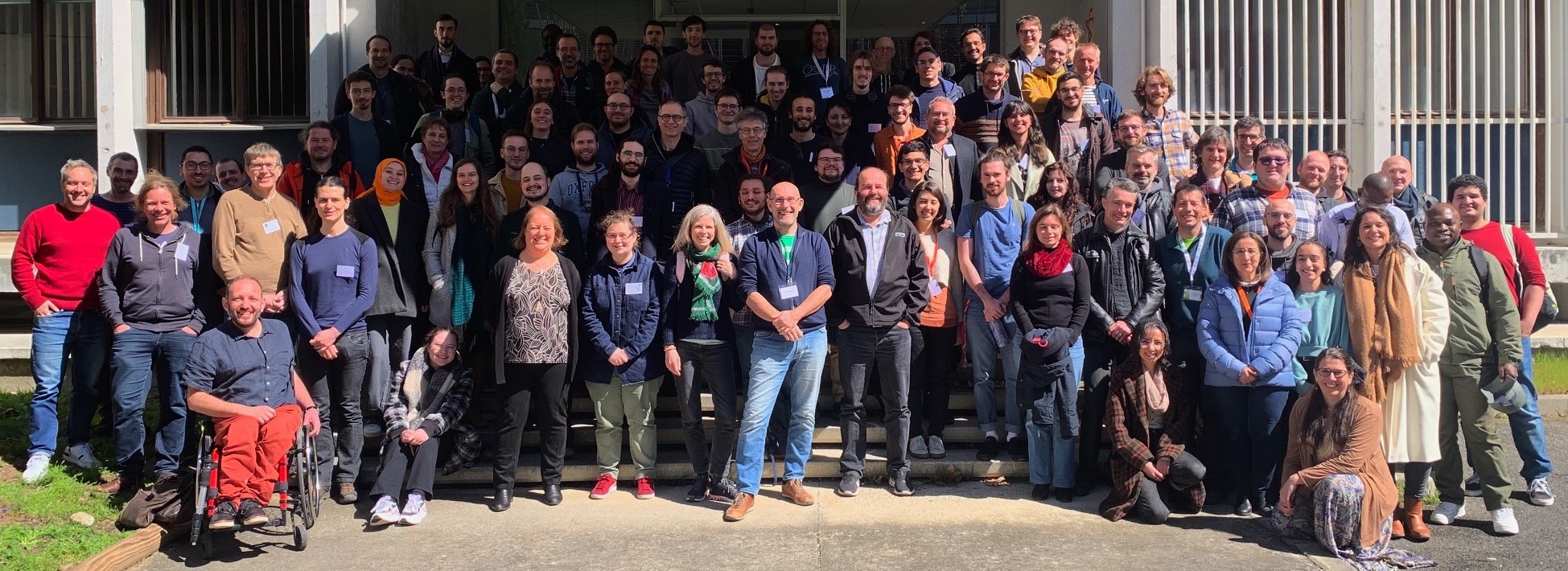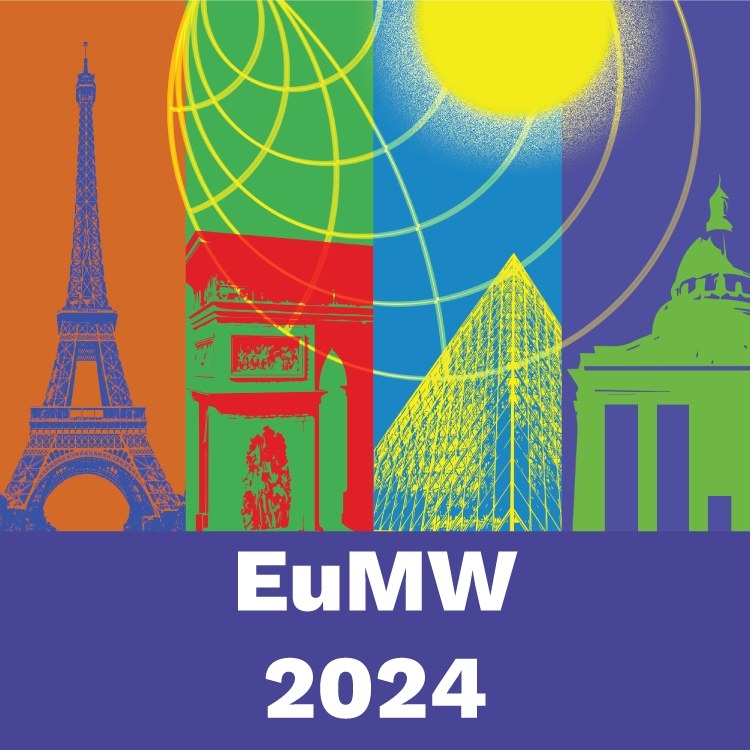#8 Portrait – Antoine Durant
Publié le

Science in Focus
The Poster Winners
for the PERSEUS Project
#8
______________________
DURANT
Antoine
Lab. des Signaux, Protocoles et Plateformes Radio (LS2PR)
CEA-Leti
Grenoble
Advisors: Rafik Zayani (directeur), David Demmer (co-encadrant)
During the annual PEPR Future Networks Days at Enseirb-MATMECA in Bordeaux, PhD students and postdoctoral researchers from the projects presented their research work to the community. A best poster competition was held, awarding one winner per targeted project. This series, « Science in Focus – The Poster Winners », aims to highlight the work of the winning doctoral students.
Discover the portrait n°8 of our « Science in Focus – The Poster Winners » series: Antoine Durant from PERSEUS project
Academic and personal journey
I began my academic journey with a DUT in Electronics at IUT 1 Grenoble, where I developed strong foundations in physics, mathematics, and programming through a highly practical and competitive environment. During this time, I worked on numerous small but functional engineering projects, which gave me hands-on experience and nurtured my curiosity for technical problem-solving.
In order to broaden my horizons, I joined an international program in Edinburgh, Scotland, where I pursued a Bachelor with Honours in Electronic Engineering over two years, graduating with First Class Honours. The UK academic system encouraged autonomy and creativity: most projects were open-ended, allowing me to design well-rounded technical solutions without close guidance. My Honours project, developed entirely at home during the COVID period, focused on building an indoor positioning system from scratch; an experience that strengthened my ability to lead complex projects autonomously.
This project sparked my interest in wireless communications, which led me back to Grenoble to pursue a Master 2 in Wireless Integrated Circuits and Systems. There, I developed a strong enthusiasm for signal processing, particularly for controlling antenna arrays in MIMO systems. My Master’s program concluded with an internship at CEA-Leti, where I worked on wideband MIMO hybrid precoders, studying, in particular, the impact of beam squint. At the end of this internship, motivated by the research environment and the scientific challenges I had encountered, I applied for a PhD position within the same laboratory.
Thesis and research project
The next generations of wireless networks (beyond-5G and 6G) are expected to offer extremely high capacity, connect massive numbers of devices, and be far more energy-efficient. Traditional cellular architectures, however, struggle to meet these ambitious goals. One of their main limitations lies in their rigid cell structure: each user is tied to a single base station, which leads to interference at cell edges and uneven service quality.
My research focuses on a new paradigm for wireless networks called cell-free massive MIMO. Instead of dividing the coverage area into cells, this approach relies on a large number of distributed antennas that cooperate to jointly serve users, without predefined cell boundaries. This enables more uniform service, higher spectral efficiency, and better energy performance, making it a promising candidate for future networks.
However, implementing such systems in the real world raises major challenges. Unlike theoretical models that assume perfect hardware and unlimited resources, practical deployments must rely on low-cost equipment with limited power and communication capacity between antennas. Components like power amplifiers and digital-to-analog converters consume significant energy and introduce signal distortions. My work investigates how to design signal processing strategies that are both energy-efficient and robust to hardware imperfections, while remaining feasible to deploy at large scale. In particular, I explore algorithmic approaches that reduce computational complexity and fronthaul communication, as well as machine-learning methods to compensate for nonlinear hardware effects in a distributed way.
PEPR and you!
What the PEPR environment and the exchanges with the communities during the 2025 days have brought you?
The PEPR Future Networks annual days in Bordeaux were a truly enriching experience. As the first PhD student in my work package (PERSEUS) back in 2022, I had spent the first part of my PhD journey working somewhat independently, as one of the only student-level contributors to the project. Attending the event this year, I was pleasantly surprised to see how many new talented PhD students have since joined the project. It was both motivating and reassuring to realize that the work I initiated on cell-free massive MIMO will now be complemented by many fresh perspectives and insights on the matter.
Beyond that, the event allowed me to step back from my day-to-day research and see how my topic fits into the broader national effort toward next-generation networks. The presentations and workshops showcased a wide variety of innovative approaches, from antenna design to high-level system optimizations, which helped me situate my work in a much larger ecosystem.
Vision and future
What are your expectations for after your postdoc?
As my PhD defense is approaching rapidly, it is now time for me to look for new professional opportunities. I genuinely enjoyed several aspects of academic research, in particular, the process of shaping rigorous and well-rounded scientific studies, publishing them, and presenting them to an international audience at conferences. However, I realized that a long-term career in academia may not align fully with my personal aspirations.
I am therefore looking toward positions that combine technical depth and problem solving with a more industrial or project-oriented perspective, where I can contribute to impactful innovations within structured, collaborative teams. I’m particularly interested in long-term roles with clear milestones, tangible objectives, and opportunities for technological development, allowing me to leverage the skills I built during my thesis in a more applied environment.
Finally, what would you say to future doctoral candidates?
Looking back, I’m surprised by how quickly the PhD journey went by. In the middle of the process, day-to-day work can sometimes feel repetitive or slow, but the true highlights come at the end of each development cycle, when months of drafts start taking shape, simulation results begin to “click,” and a solid opportunity for contribution emerges. Those moments make the journey worthwhile.
Antoine Durant’s poster for PERSEUS project
Plus d'actualités Actualité


